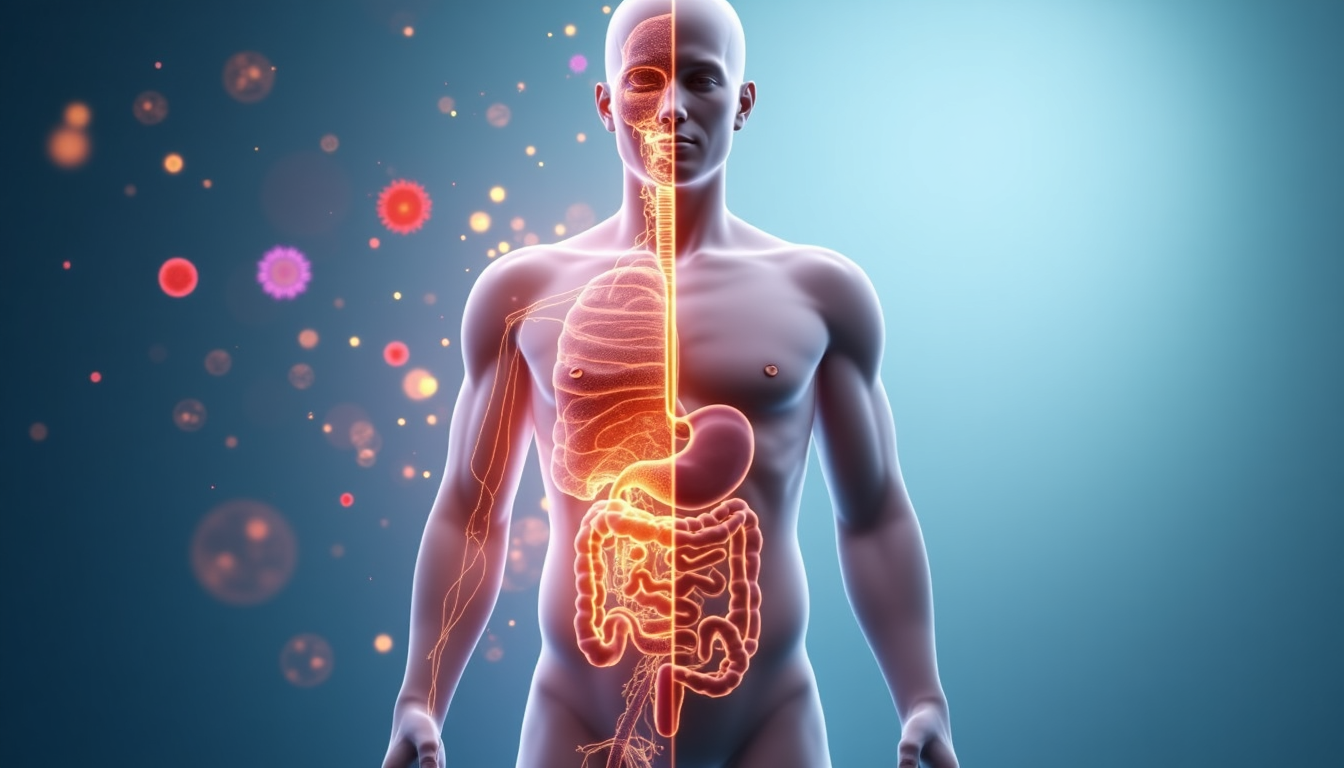Histamine Intolerance: Hidden Symptoms and Causes
Many people experience symptoms that seem to come and go without a clear cause, such as headaches, digestive discomfort, flushing after alcohol, or increased reactivity around the menstrual cycle. It’s common to question whether food, stress, hormones, or something else is to blame. In some cases, the answer may lie with histamine intolerance.



